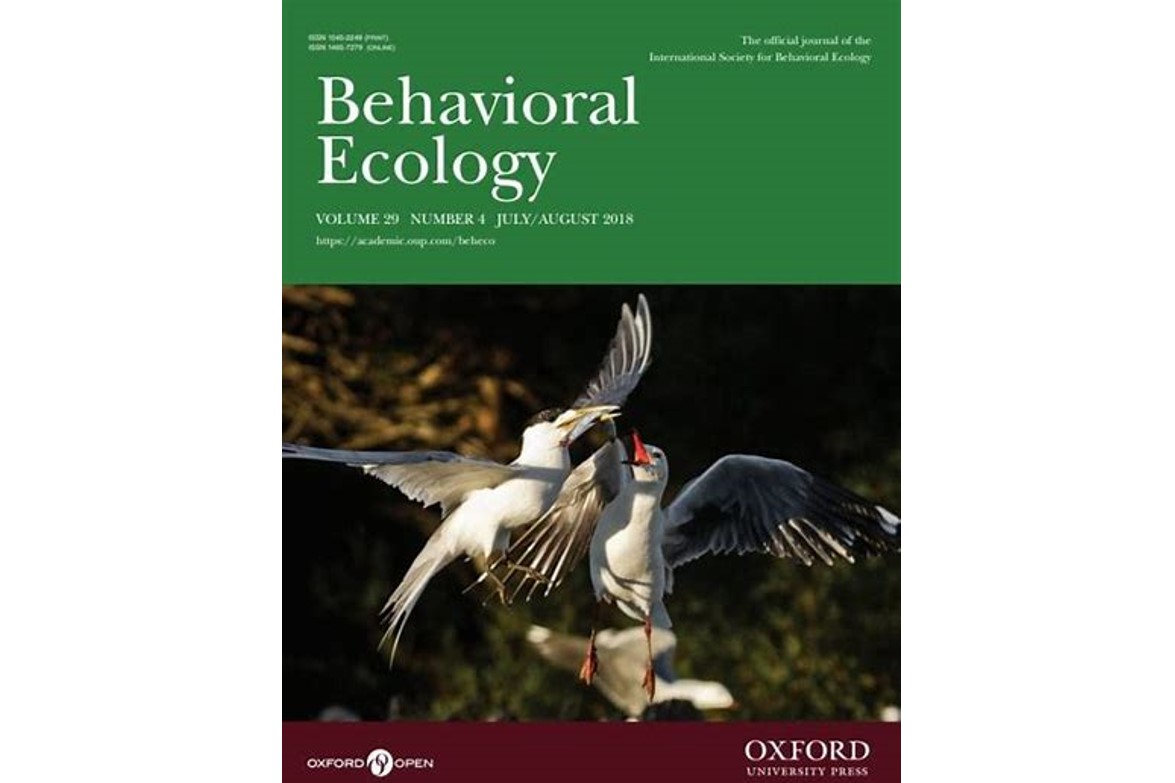Published in:Â Behavioral Ecology
Authors: Kirsty J. MacLeod1, Patricia Brekke2, Wenfei Tong1,3, John G. Ewen2 and Rose Thorogood1
1. Behavioural Ecology Group, Department of Zoology, University of Cambridge, Downing Street CB2 3EJ, Cambridge, UK,
2. Institute of Zoology, Zoological Society of London, Regent’s Park, London NW1 4RY, UK and
3. Division of Biological Sciences, University of Montana, 32 Campus Drive, Missoula, MT 59812 USA
Abstract:
If environmental or maternal factors favor the fitness of one sex over the other, theory predicts that mothers should produce more offspring of the sex most likely to benefit from prevailing conditions. For species where males depend on carotenoid-based colorful ornaments to secure territory or attract mates, carotenoid availability in the environment could be one such component: mothers experiencing high availability of carotenoids should produce more sons. Here, we test this hypothesis by providing carotenoids to a wild population of a sexually dimorphic passerine, the hihi (stitch bird:Â Notiomystis cincta). Access to carotenoids during early life influences the color of male hihi plumage, which improves territory acquisition as adults. Therefore, carotenoid availability when young may influence male fitness. However, we found no evidence of sex ratio bias in treated or untreated groups, either before or after hatching. First-laid eggs, where carotenoid concentrations are usually highest, were also unbiased. For hihi, access to carotenoids during egg laying does not appear to encourage mothers to alter sex ratios of offspring. Alternatively, the fitness of daughters may also benefit from increased carotenoids during development. Disentangling these alternatives requires further work.
Paper details are available here.
